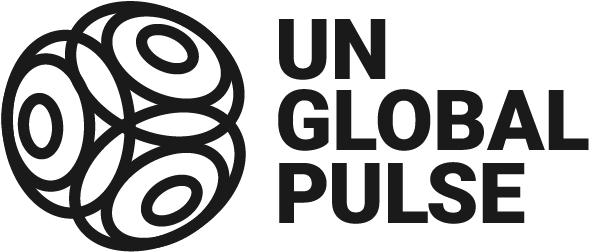Predicting refugee and internally displaced persons (IDP) arrivals is of critical interest in humanitarian emergencies since field operations teams must prepare in advance for these arrivals. The better prepared they are, the better assistance teams can provide in the form of food, shelter, and other protection-related services, as well as for contingency planning purposes.
Project Jetson is a collaborative initiative led by the Innovation Service of the United Nations High Commissioner for Refugees (UNHCR) to address this challenge. Project Jetson aims to provide a dashboard early warning system that displays monthly predicted IDP arrivals for 18 regions in Somalia. The project aggregates data on potential causes of displacement from internal and external sources, including data on conflict events and fatalities, wages and commodity prices, climate-related anomalies, and historical displacement flows. Through its Data Fellows programme, UN Global Pulse provided support for further experimentation and development of Project Jetson’s predictive models.
Our impact
The UNHCR team initially tested different machine learning models for making predictions, and presented the results in a dashboard that illustrated historical arrivals alongside predictions for the three top-performing models. In the second iteration, UN Global Pulse worked with Project Jetson to extend the dashboard. Specifically, UN Global Pulse worked to standardise the collection of input data, extend the prediction horizon from one to three months, and build a second, internal dashboard that allows users to compare predictions across all models, explore the input data, and assess the performance of the algorithms.
Our lessons
- Gathering, aggregating and cleaning data on displacement-related factors is a necessary but time-intensive first step towards building predictive models. Streamlining and automating data processing can make it a lot easier to develop and improve these models.
- More generally, there are a wide range of different predictive models and approaches. We found that it was hard to compare and assess these models without a standard language or framework. We developed practitioner-oriented “modelling cards” to facilitate discussions around how these predictive models are designed, in addition to writing a technical paper and convening a workshop with different stakeholders to discuss challenges and lessons learned.
- In short, predictive models are used for a wide range of purposes – from pre-positioning supplies to advocating before governments on behalf of refugees – and this can affect how they are designed and presented. Across all possible uses of these models, it is important to think about risks and ethical considerations, as well as how to communicate limitations and uncertainty.



